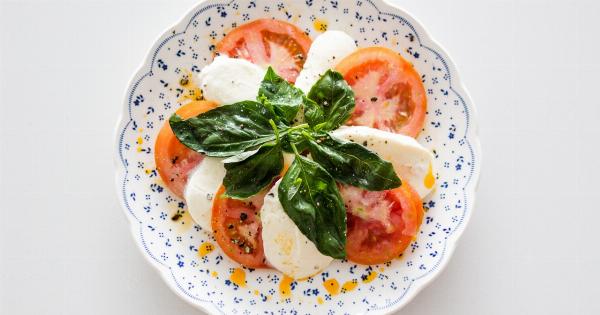When it comes to cheese, there’s no denying that it’s a popular choice for many. Whether you enjoy it as a snack, a topping for your favourite dish, or as a part of a cheese board, there are various types of cheese to choose from.
While some people might be hesitant to indulge in cheese due to its high fat content, it’s important to note that cheese does have some health benefits – it’s loaded with essential nutrients such as calcium and protein. Not to mention, cheese can add a ton of flavour to your meals. Here’s a guide to help you choose cheese for both health and taste.
Start with the Cheese Source
The type of milk that is used to produce cheese can have an impact on the taste and nutritional value. Cheese can be made from cow’s milk, goat’s milk, sheep’s milk, or a combination of these.
For example, goat cheese tends to be lower in fat compared to cow’s milk cheese and is a good source of vitamin D. Sheep’s milk cheese, on the other hand, has a higher concentration of calcium and protein.
Consider the Cheese Type
There are endless types of cheese to choose from. The type of cheese you choose will depend on your taste preferences as well as the nutritional value. Some options include:.
1. Cheddar Cheese
Cheddar cheese is a popular choice among many and is known for its sharp taste and versatility. It’s a good source of calcium and protein, although it can be high in fat.
When choosing cheddar cheese, opt for a low-fat version to keep the fat content in check.
2. Swiss Cheese
Swiss cheese has a distinct flavour and is often used in sandwiches and on cheese boards. It is a good source of protein and calcium, although it’s also high in fat.
Consider using a small amount of Swiss cheese as a flavour enhancer rather than a main ingredient.
3. Mozzarella Cheese
Mozzarella cheese is a staple in Italian cuisine and is often used on pizza or in salads. It is a good source of calcium and protein, although it’s low in fat compared to other cheese.
Consider opting for a low-fat mozzarella cheese for a healthier option.
4. Feta Cheese
Feta cheese is a crumbly cheese that is often used in Greek cuisine. It’s lower in fat compared to other cheese and is a good source of calcium. Feta cheese does have a higher sodium content, so use it in moderation.
5. Cottage Cheese
Cottage cheese is a healthy option for those looking to add protein to their diets. It’s low in fat and calories and is a good source of calcium and vitamin B12.
Consider opting for a low-fat cottage cheese to keep the calorie and fat content in check.
6. Blue Cheese
Blue cheese has a strong flavour and is often used in salads and on cheese boards. It is a good source of protein and calcium and has a lower fat content compared to other cheese.
Blue cheese does have a higher calorie count, however, so use it in moderation.
7. Parmesan Cheese
Parmesan cheese is a hard, aged cheese that is often grated and used as a topping for pasta dishes. It is a good source of calcium and protein and is a lower fat option compared to other cheese.
Consider using a small amount of parmesan cheese to add flavour to your meals.
8. Ricotta Cheese
Ricotta cheese is a creamy cheese that is often used in Italian cuisine. It’s a good source of protein and calcium and is lower in fat compared to other cheese. Consider using a low-fat version of ricotta cheese for a healthier option.
9. Gouda Cheese
Gouda cheese has a nutty flavour and is often used on cheese boards. It is a good source of protein and calcium, although it can be high in fat. Consider opting for a low-fat gouda cheese for a healthier option.
10. Brie Cheese
Brie cheese is a soft, creamy cheese that is often used on cheese boards. It’s a good source of protein and calcium but is also high in fat. Consider using a small amount of brie cheese as a flavour enhancer rather than a main ingredient.
Final Thoughts
When it comes to choosing cheese for health and taste, it’s important to keep moderation in mind. Cheese can be a part of a healthy diet when consumed in moderation.
Opt for lower fat versions of cheese when possible and use small amounts as flavour enhancers rather than main ingredients. With so many types of cheese to choose from, you’re sure to find an option that suits your taste buds and nutritional needs.































